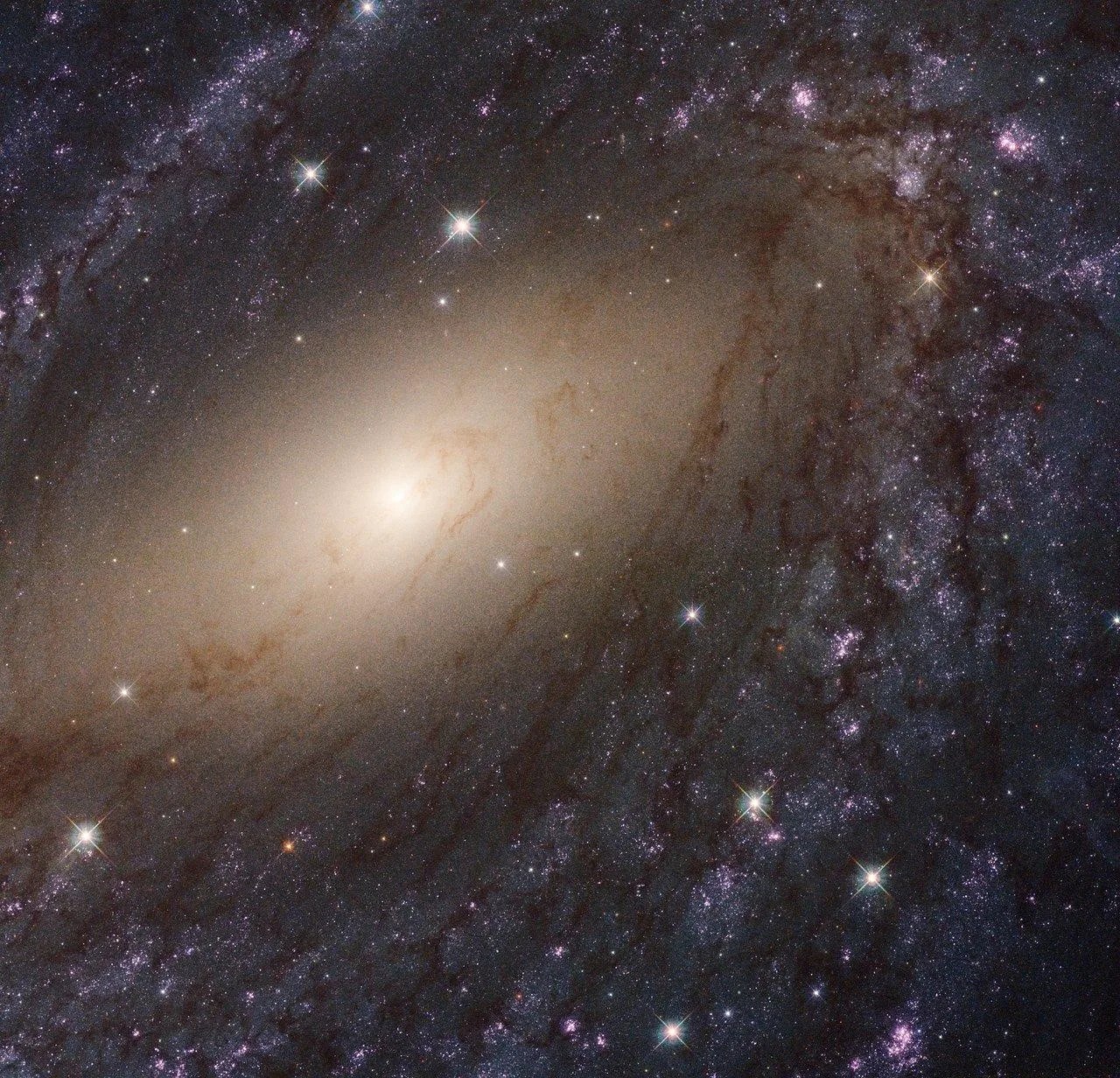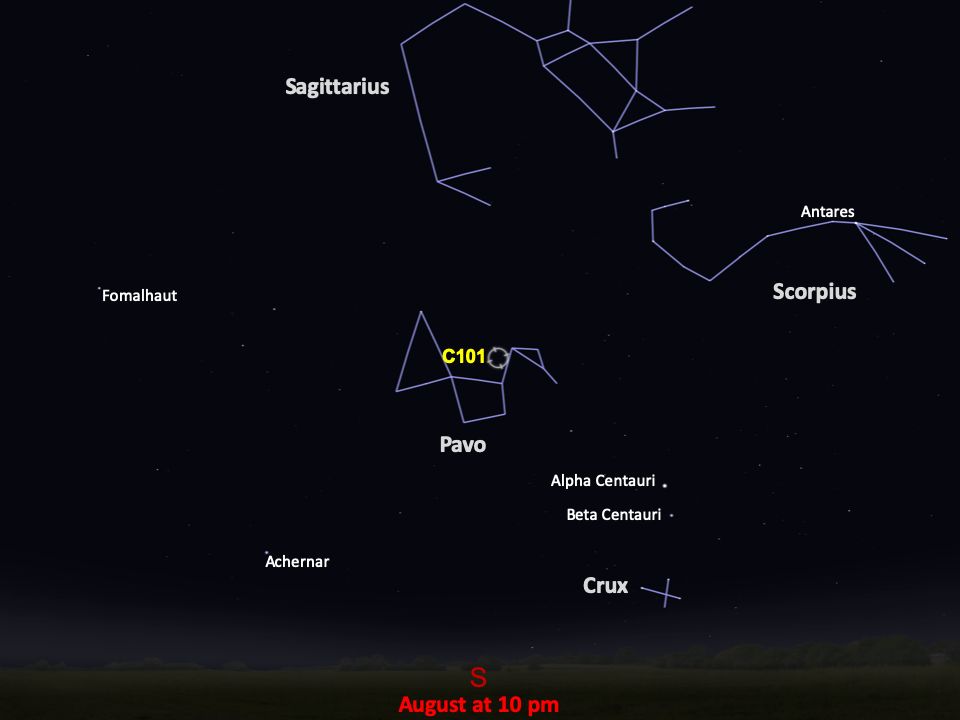Caldwell 101
Caldwell 101's spiral shape is more than 200,000 light-years across, well beyond this Hubble view.
Distance
30 million light-years
Apparent Magnitude
8.6
constellation
Pavo
object type
Spiral Galaxy
Like more than two-thirds of the known galaxies in the universe, Caldwell 101 has a spiral shape. It stretches far beyond the edges of this Hubble view, more than 200,000 light-years across. Larger than our own Milky Way galaxy, it is one of the relatively few large spiral galaxies in the neighboring universe. Besides its larger size, this galaxy is very similar to the Milky Way. In fact, if there are observers somewhere in this sibling galaxy looking back at the Milky Way, they might see a very similar image — looking at Caldwell 101 is almost like seeing the Milky Way’s reflection in a giant, intergalactic mirror.
Also cataloged as NGC 6744, Caldwell 101 is similar to our home galaxy in more ways than one. Like the Milky Way, its yellowish core is dominated by the light from old, cool stars. Stretching outward from the elongated core are spiral arms that are littered with dust, which goes hand-in-hand with star formation. In this Hubble image, taken in visible and ultraviolet light with the Wide Field Camera 3, colorful regions encircle the center of the giant galaxy. While the blue sites are full of young star clusters, the pink ones are regions of active star formation.
Hubble’s observations of the heart of Caldwell 101 were taken as part of the Legacy ExtraGalactic UV Survey (LEGUS), the sharpest, most comprehensive ultraviolet-light survey of star-forming galaxies in the nearby universe, creating a valuable resource for understanding the complexities of star formation and galaxy evolution. Additional studies of the galaxy have revealed that Caldwell 101 likely underwent a merger with another galaxy around a billion years ago.
In 2005, a supernova named SN 2005at (not visible in this image) was discovered within Caldwell 101, attracting even more attention to the galaxy. SN 2005at was a Type Ic supernova, which means that it formed when a massive star collapsed on itself and lost its hydrogen envelope.
Caldwell 101 was discovered by astronomer James Dunlop in 1826. This nearby “island universe” lies 30 million light-years away in the southern constellation Pavo. Its disk is tilted relative to our line of sight, providing a stunning view of the starry spiral arms. In small telescopes, the magnitude-8.6 galaxy appears as a faint, extended object with a bright core. Caldwell 101 is best viewed in the winter from the Southern Hemisphere. Northern Hemisphere observers will have to be located near the equator and look for it during the summer months.
For more information about Hubble’s observations of Caldwell 101, see:
Astronomers Release Most Complete Ultraviolet-Light Survey of Nearby Galaxies
Glossary
Magnitude - The brightness of an astronomical object, represented by a number; bright objects have low numbers on the magnitude scale, while dim objects have high numbers.
Spiral Galaxy - A galaxy characterized by its spiral structure, with star-filled arms that extend out from the center of the galaxy and host regions of star formation.
Supernova - The explosion of a massive star at the end its life, which ejects material into space and causes the star to temporarily brighten in our sky.
Explore Hubble's Caldwell Catalog
The following pages contain some of Hubble’s best images of Caldwell objects.
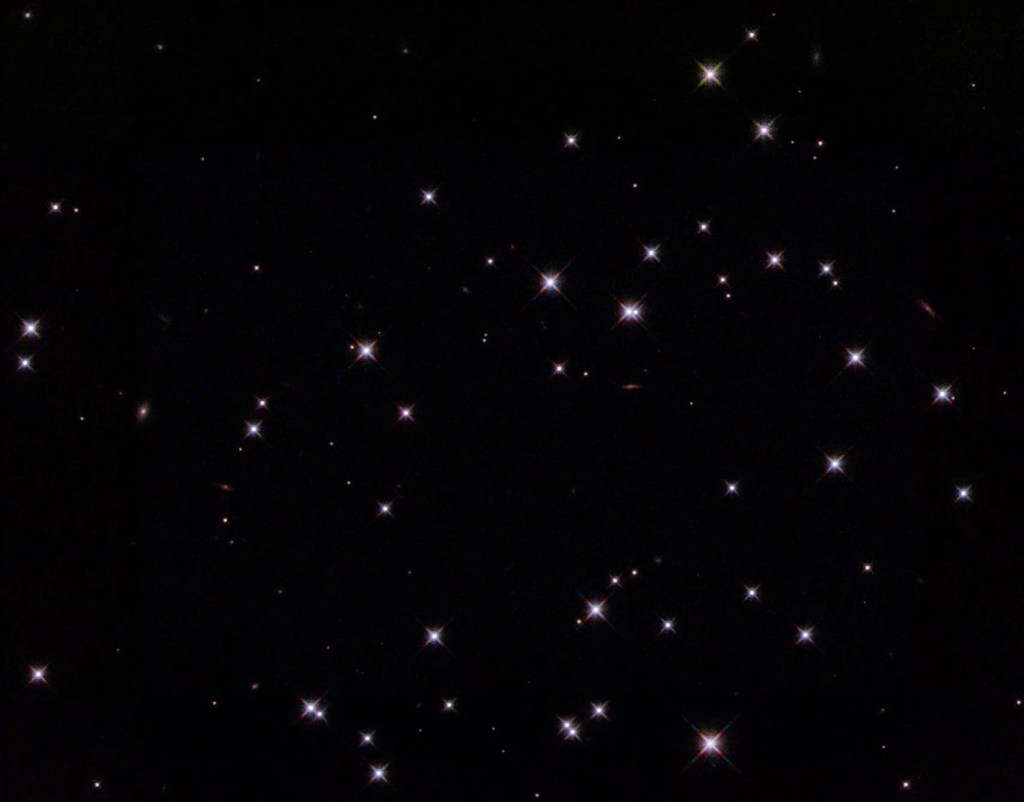
Also known as NGC 188, this group of stars formed from a large cloud of gas making the stars roughly…
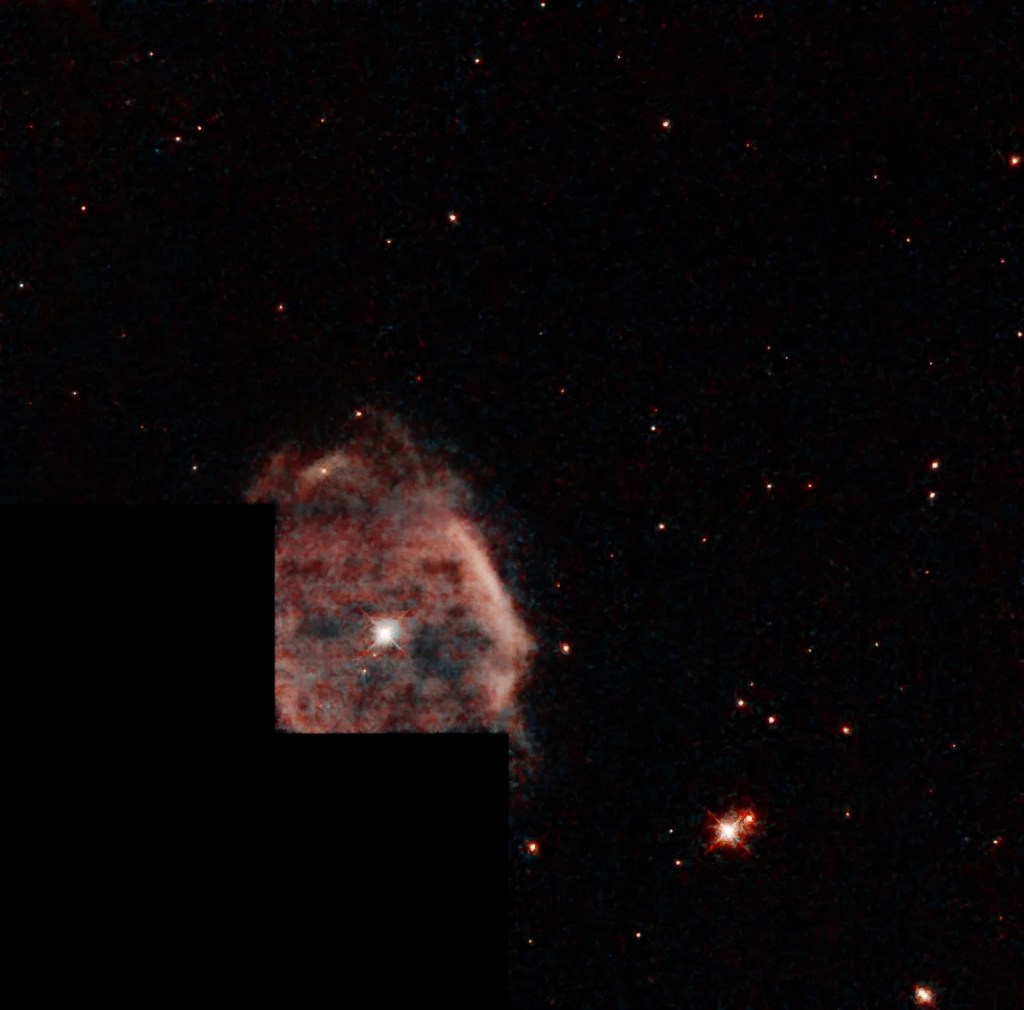
This shell of gas is expanding outward, away from the dying star within.
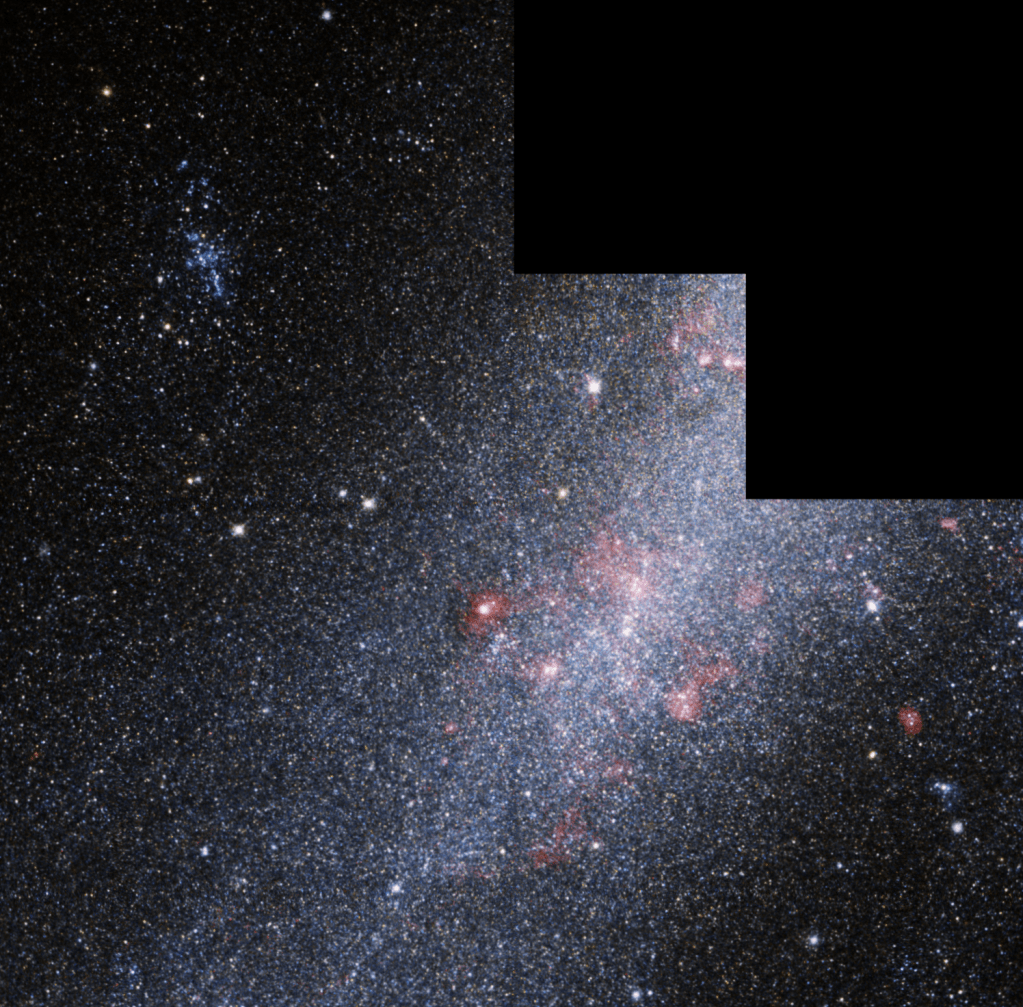
This barred spiral galaxy was first spotted by British astronomer William Herschel in April 1793 in the constellation Draco.





























